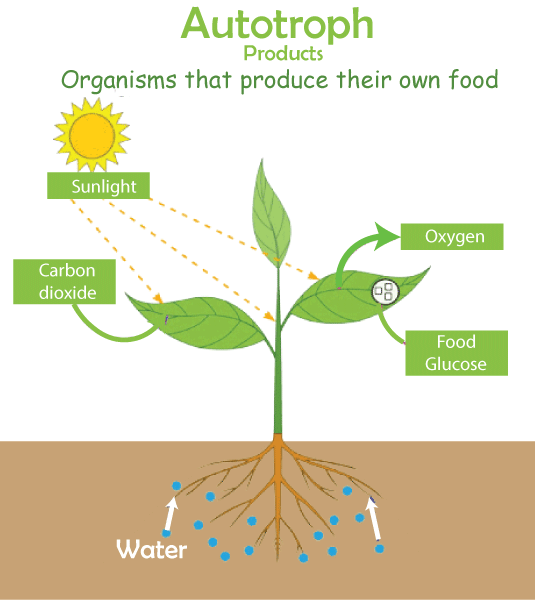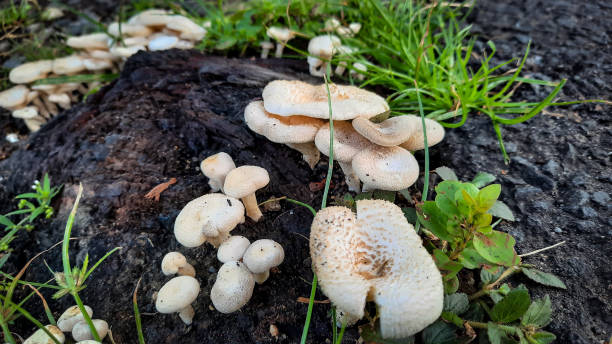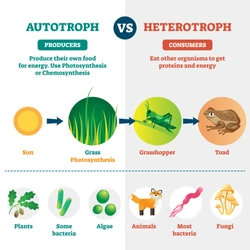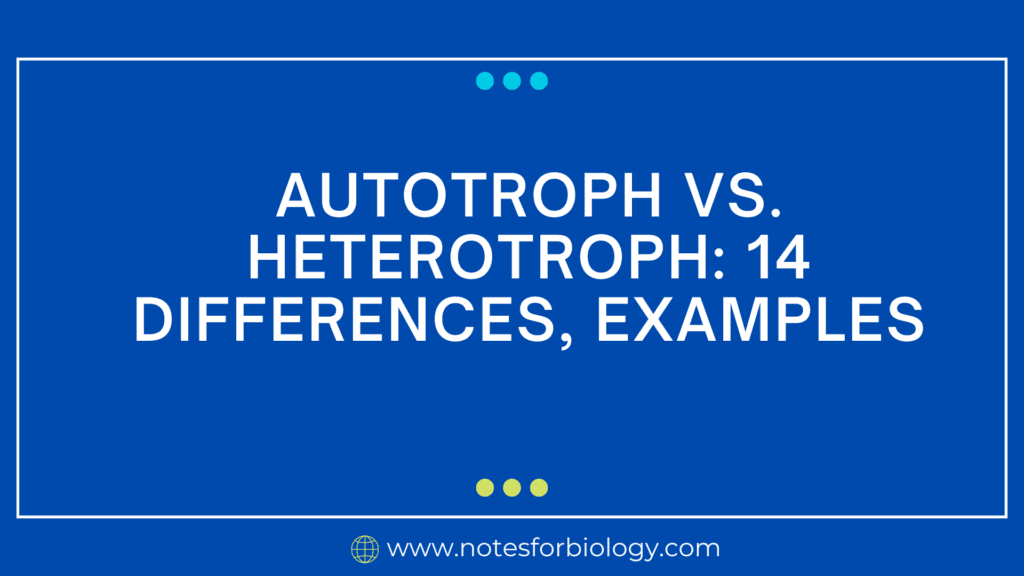Autotroph vs Heterotroph represent two fundamental strategies by which organisms obtain energy and nutrients for survival. Autotrophs, such as plants and certain microorganisms, possess the remarkable ability to manufacture their own organic molecules from simple inorganic compounds. Through processes like photosynthesis or chemosynthesis, autotrophs utilize energy from sunlight or chemical reactions to convert carbon dioxide and water into carbohydrates and other essential nutrients. In contrast, heterotrophs, which include animals, fungi, and many bacteria, lack this ability and must rely on consuming organic matter produced by autotrophs or other heterotrophs to meet their nutritional requirements. Whether as grazers, predators, scavengers, or decomposers, heterotrophs play crucial roles in ecosystems by consuming, recycling, and redistributing organic matter and energy. This dynamic interplay between autotroph vs heterotroph forms the foundation of ecological relationships, driving the flow of energy and nutrients through ecosystems and sustaining life on Earth.
Table of Contents
Autotroph
Autotrophs are creatures that can synthesize their own organic compounds from inorganic components, usually using light or chemical energy. These animals act as primary producers in ecosystems, laying the groundwork for the food chain by manufacturing complex organic molecules that other organisms rely on for energy and nutrients. Autotrophs are necessary for life on Earth because they convert solar energy or inorganic chemical reactions into useful energy for themselves and other creatures.

Heterotrophs
Heterotrophs are organisms that cannot produce their own organic compounds from inorganic sources and, therefore, rely on consuming organic matter produced by other organisms for energy and nutrients. Unlike autotrophs, which are capable of photosynthesis or chemosynthesis, heterotrophs must obtain pre-formed organic molecules from their environment to meet their metabolic needs.

14 Differences Autotroph vs Heterotroph
The 14 Differences Autotroph vs Heterotroph are;
| S.N | Feature | Autotroph | Heterotroph |
| 1. | Definition | These organisms can produce their own nourishment by utilizing components such as water, sunshine, air, and various chemicals. They are not dependent on other creatures for nourishment. | Heterotrophs get their sustenance from other species and are unable to manufacture their own nutrients. |
| 2. | Energy Source | They use external energy sources (such as sunlight) to synthesize organic compounds. | Heterotrophs rely on organic substances created by autotrophs and other heterotrophs. |
| 3. | Pigments | Contain chlorophyll, which enables them to capture sunlight energy during photosynthesis. | Heterotrophs lack chlorophyll and do not undergo photosynthesis. |
| 4. | Examples of Autotrophs | Green plants, green algae, and certain bacteria (e.g., Nitrosomonas). | All other organisms rely on autotrophs, which constitute the foundation of ecological food chains. |
| 5. | Examples of Heterotrophs | Animals and fungi. | Heterotrophs absorb food prepared by autotrophs and occupy higher trophic levels in the food chain. |
| 6. | Carbon Source | Obtain carbon from inorganic sources (e.g., carbon dioxide). | Obtain reduced carbon from other organisms |
| 7. | Photoheterotrophs vs. Chemoheterotroph | Obtain energy from light but rely on producers for their carbon source. | Chemoheterotrophs obtain energy and carbon from other organisms |
| 8. | Photosynthesis vs. Chemosynthesis: | Autotrophs use solar energy to transform inorganic chemicals into organic ones. | Some uncommon autotrophs generate energy from chemical reactions (e.g., bacteria near volcanic vents that use sulfur) |
| 9. | Trophic Levels | Autotrophs form the first trophic level in the food chain. | Heterotrophs live at higher trophic levels (e.g., herbivores, carnivores, omnivores). |
| 10. | Ecological Importance | Autotrophs are crucial because all other life forms depend directly or indirectly on them for food and energy. | A decline in autotrophs impacts all other trophic levels. |
| 11. | Energy Flow | Autotrophs initiate energy flow by converting sunlight into chemical energy | Heterotrophs distribute this energy across the food chain. |
| 12. | Nutrient Recycling | Autotrophs play a role in nutrient cycling by fixing carbon and nitrogen. | Heterotrophs help to the decomposition and recycling of organic material. |
| 13. | Examples of Autotrophs Beyond Plants | Algae, phytoplankton, and some bacteria also perform photosynthesis. | Certain species use bacterial rhodopsin and carotenoids as photosynthetic pigments. |
| 14. | Dependence on Autotrophs | Heterotrophs directly depend on autotrophs for their food supply. | Herbivores, for example, consume autotrophs such as plants. |

Frequently Asked Question (FAQ)
What is Autotroph?
Autotrophs are creatures that can synthesize their own organic compounds from inorganic components, usually using light or chemical energy.
Define Heterotroph.
Heterotrophs are organisms that cannot produce their own organic compounds from inorganic sources and, therefore, rely on consuming organic matter produced by other organisms for energy and nutrients.
Related Article

